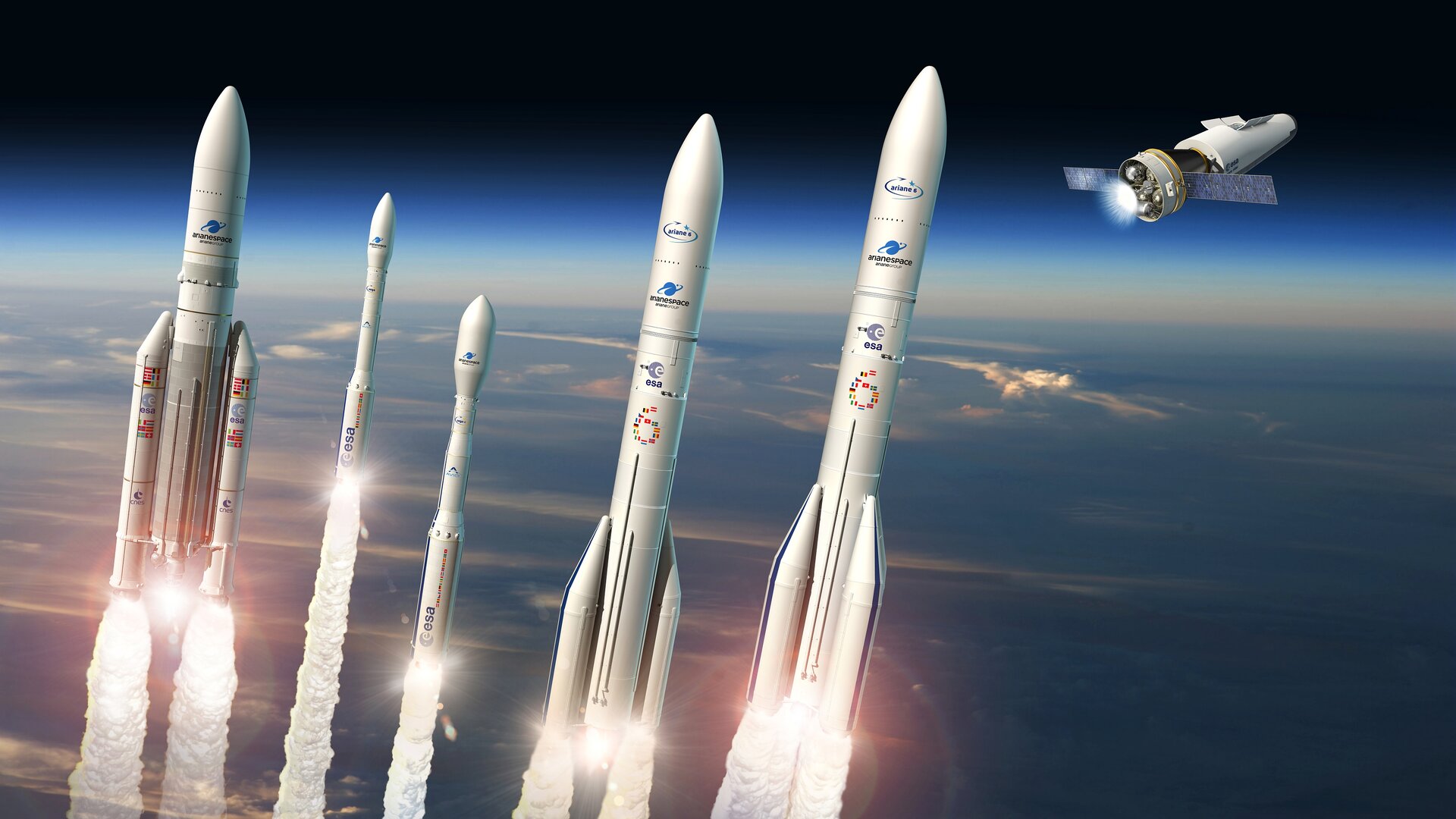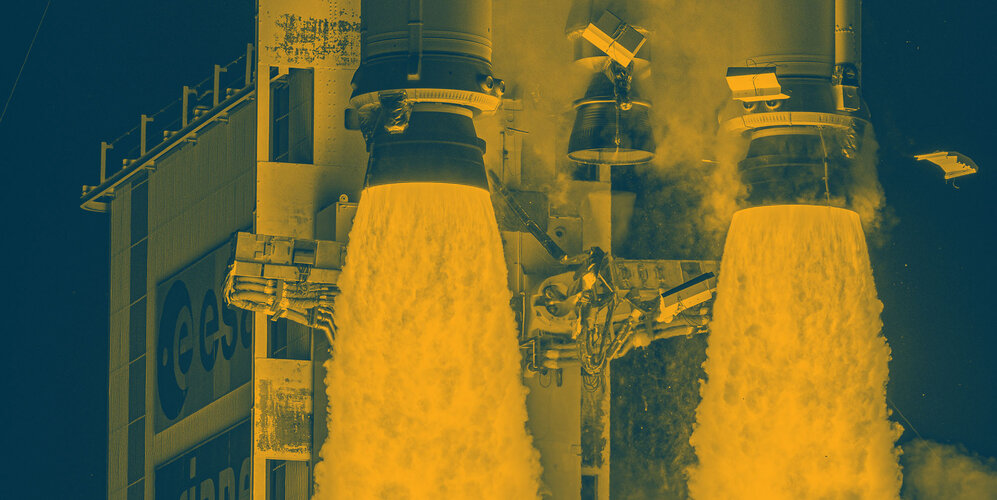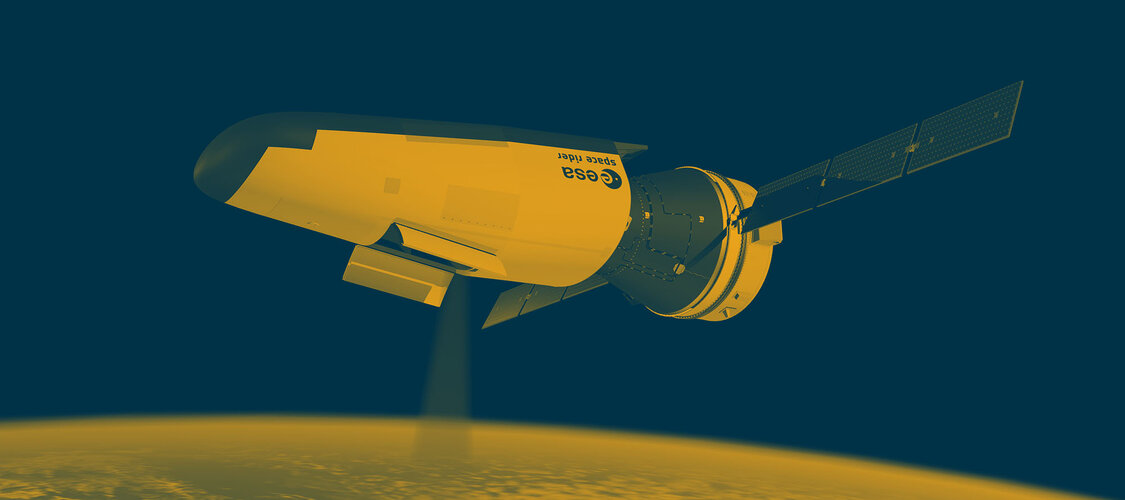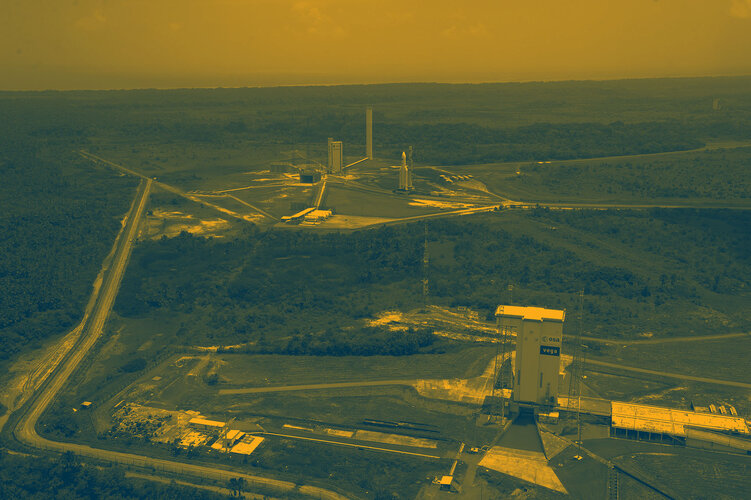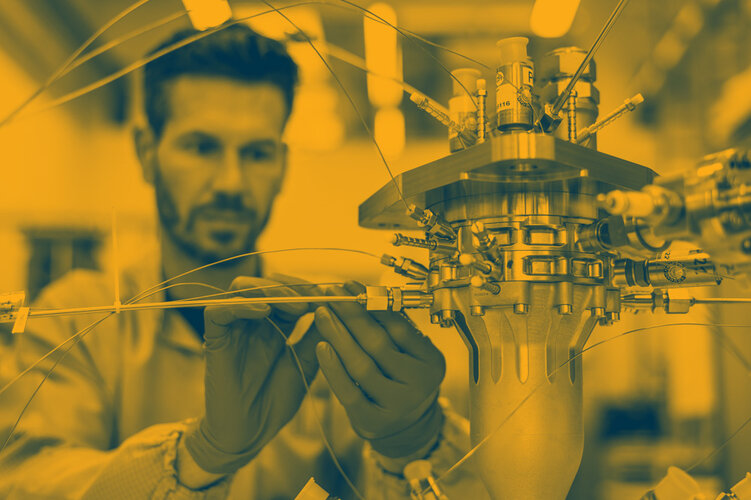Everything rockets
In brief
Without rockets, there’s no space travel. No view of our Pale Blue Dot seen from deep space or our changing climate and planet seen from orbit. No samples from asteroids, no chance of deflecting them. No planetary flybys. No astronauts. No future on Mars or the Moon. No future in space.
In-depth
As the USA and the Soviet Union first launched satellites into orbit in the late 1950s, Europe's space programme also began to take shape. Today, still, at the heart of Europe’s space ambitions, is the need to reach the stars: reliably, affordably and autonomously.
In the last decades, ESA and European industry have designed, developed and delivered a range of rockets that have given ESA’s Member States a direct line to space. Together with France’s space agency CNES, a launch site in French Guiana was built from where they fly, boosted by its proximity to Earth’s equator and given a shove by Earth’s spin.
ESA’s Space Transportation Directorate is both at the forefront of space exploration and behind the scenes investing in and supporting European business, academia and institutions, so that all Europeans continue to learn about and benefit from the cosmos. Here’s what we’re up to:
Ariane 6

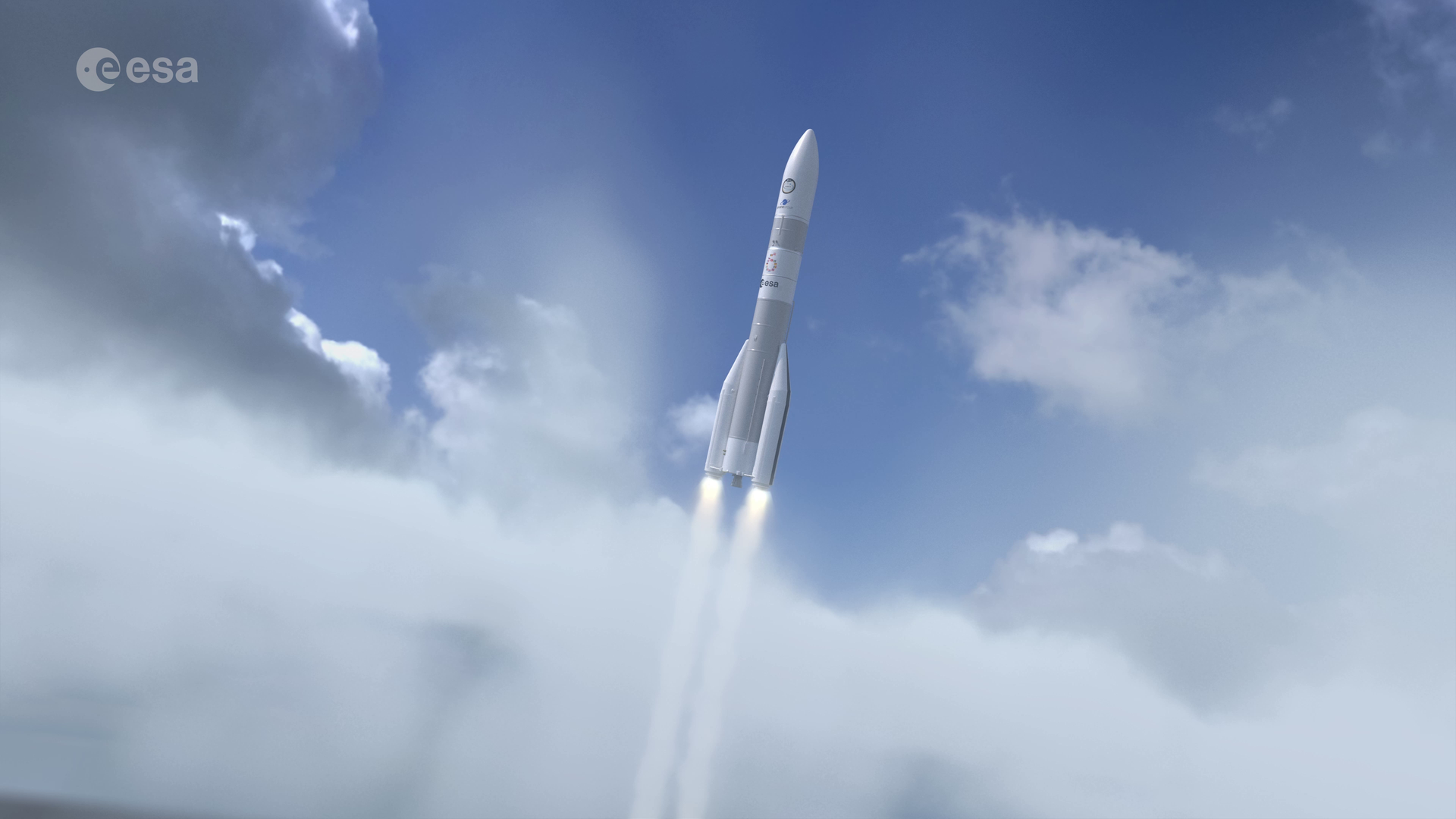
Access the video
Ariane 6 is Europe’s newest heavy-lift rocket, following in the footsteps of its incredibly successful and reliable predecessor, Ariane 5. Designed to inject satellites into a wide variety of orbits, it will be unprecedented in its versatility: Ariane 6 can put any satellite or payload into any orbital path, and even multiple on a single trip.
Its design is modular, meaning for each flight the rocket can be adapted to the needs of its passengers. Over time, Ariane 6 can integrate new technologies and components to suit the future needs of the satellite industry and our evolving requirements as we continue to explore space. Cost-effective compared to its Ariane 5, it will launch more often and be flexible enough to send individual bespoke satellites to orbit as well as batches of satellites for constellations.
Mission complete, the Ariane 6 upper stage can either reenter through Earth's atmosphere to burn up, or reorbit to enter a ‘graveyard orbit’ – out of the way of other missions and ensuring it never becomes space debris.
Vega-C
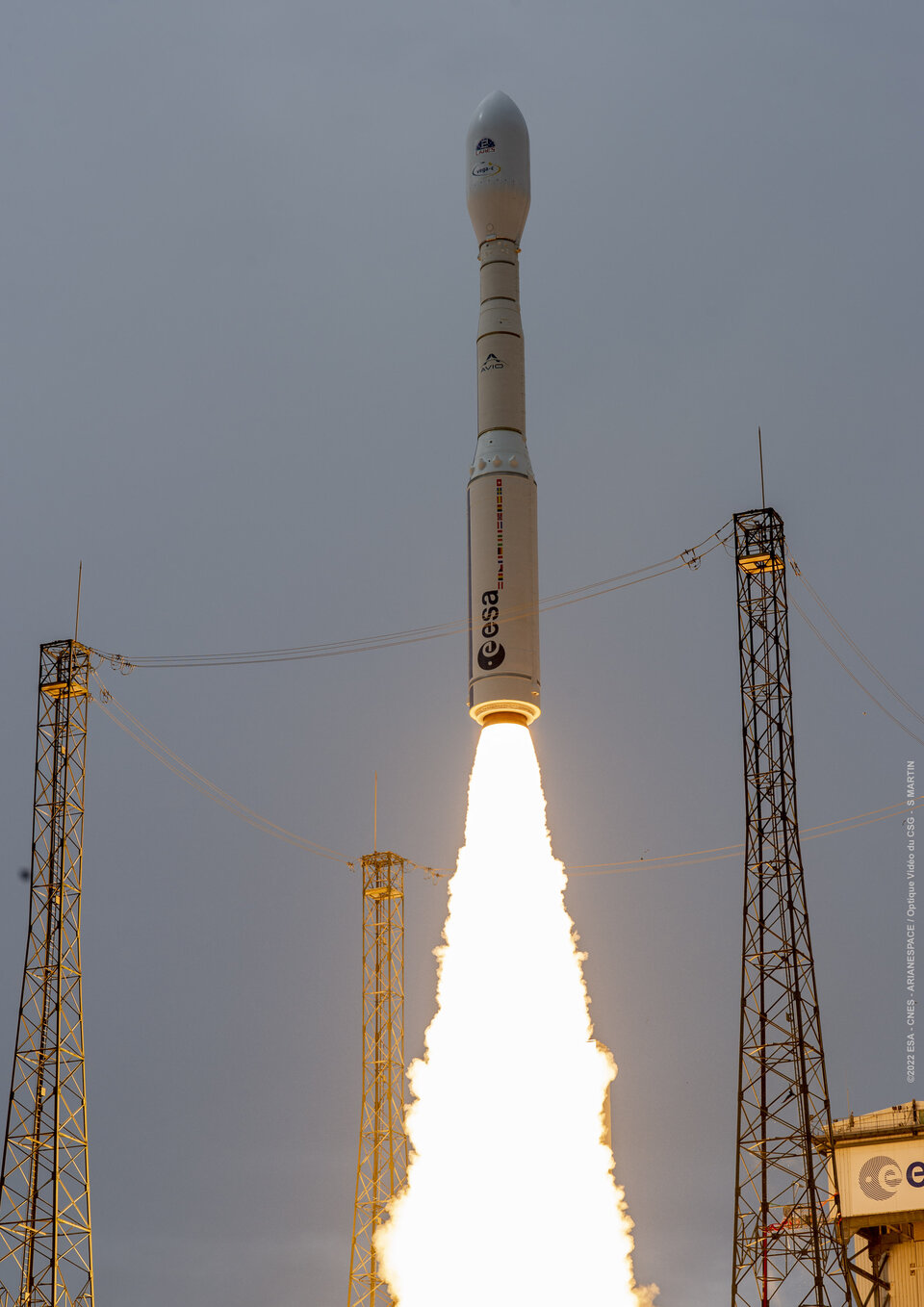
Vega-C is Europe’s nimble, flexible rocket for launching a wide range of missions. An evolution of Vega, which has delivered missions to space for a decade, including dozens of Earth observation satellites that have given us insights like never before into our changing planet.
The new medium-lift Vega-C launcher offers improved performance, efficiency and versatility. It can put into orbit cargo in a mix of shapes and sizes, enhancing Europe’s independent capability to access space and meeting institutional, scientific, commercial and small satellite market needs.
Space Rider


Access the video
Europe’s future reusable space laboratory, Space Rider, will provide uncrewed trips to low-Earth orbit – and back. About the size of two minivans, Space Rider will stay in orbit for roughly two months while experiments unfold and new technologies are validated in the cargo bay, then return its cargo to Earth by landing with a guided parachute on a runway to be unloaded, refurbished and launched for another flight.
Space Rider’s first flight is scheduled for 2025 on a Vega-C rocket, launching and landing from Europe's Spaceport in Kourou, French Guiana.
Future Launchers Preparatory Programme

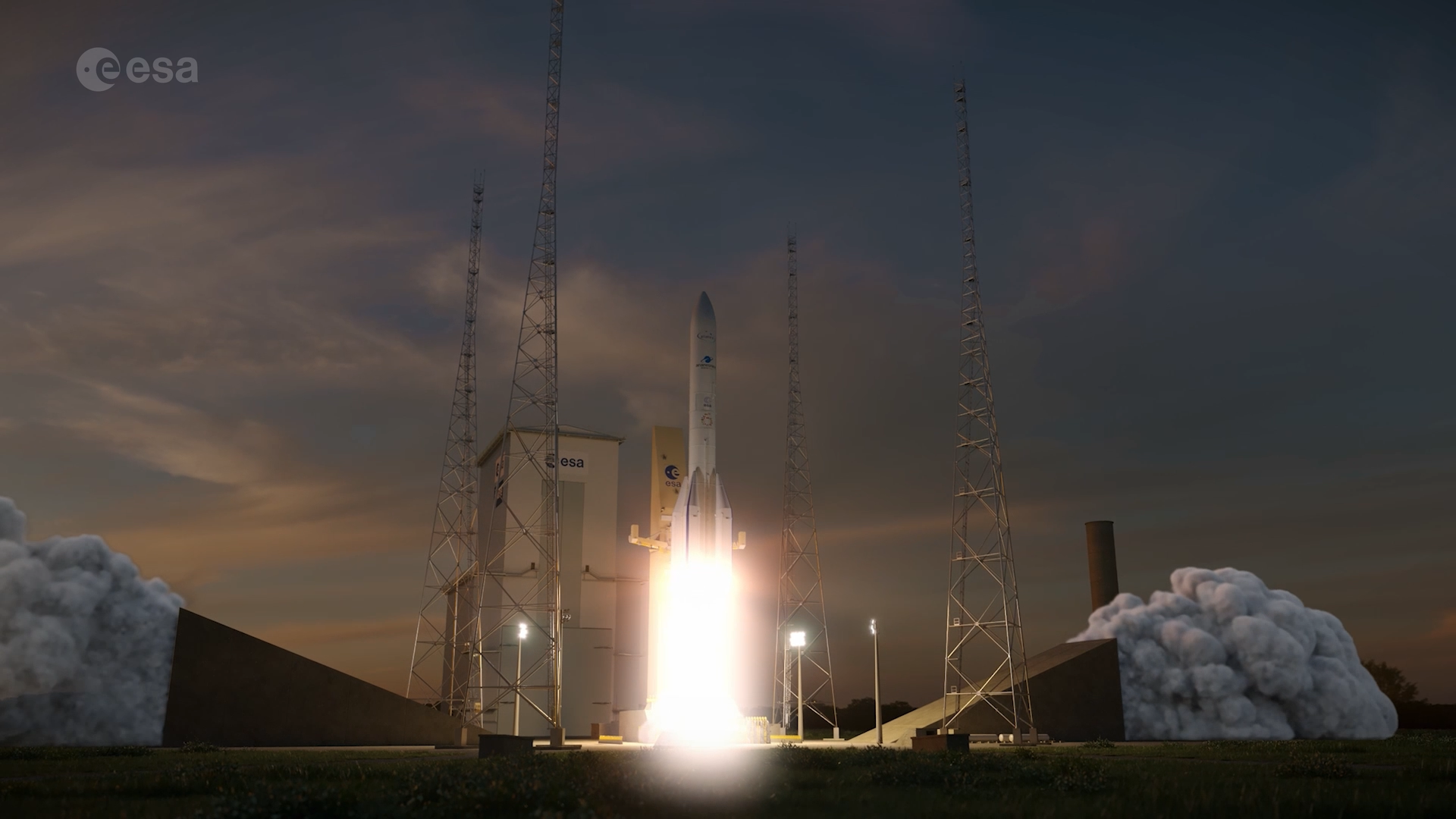
Access the video
What will the rockets of the future look like? Where will they go and how will they get there? These are the questions being addressed by ESA's Future Launchers Preparatory Programme.
‘FLPP’ oversees research activities and studies to ensure European rockets of the future will deliver high performance and reliability for ESA, European national space agencies, universities, institutions and businesses without breaking the bank. Because without a doubt, Europe needs its own way of getting to orbit and has an important role in shaping our future in space.
Boost!
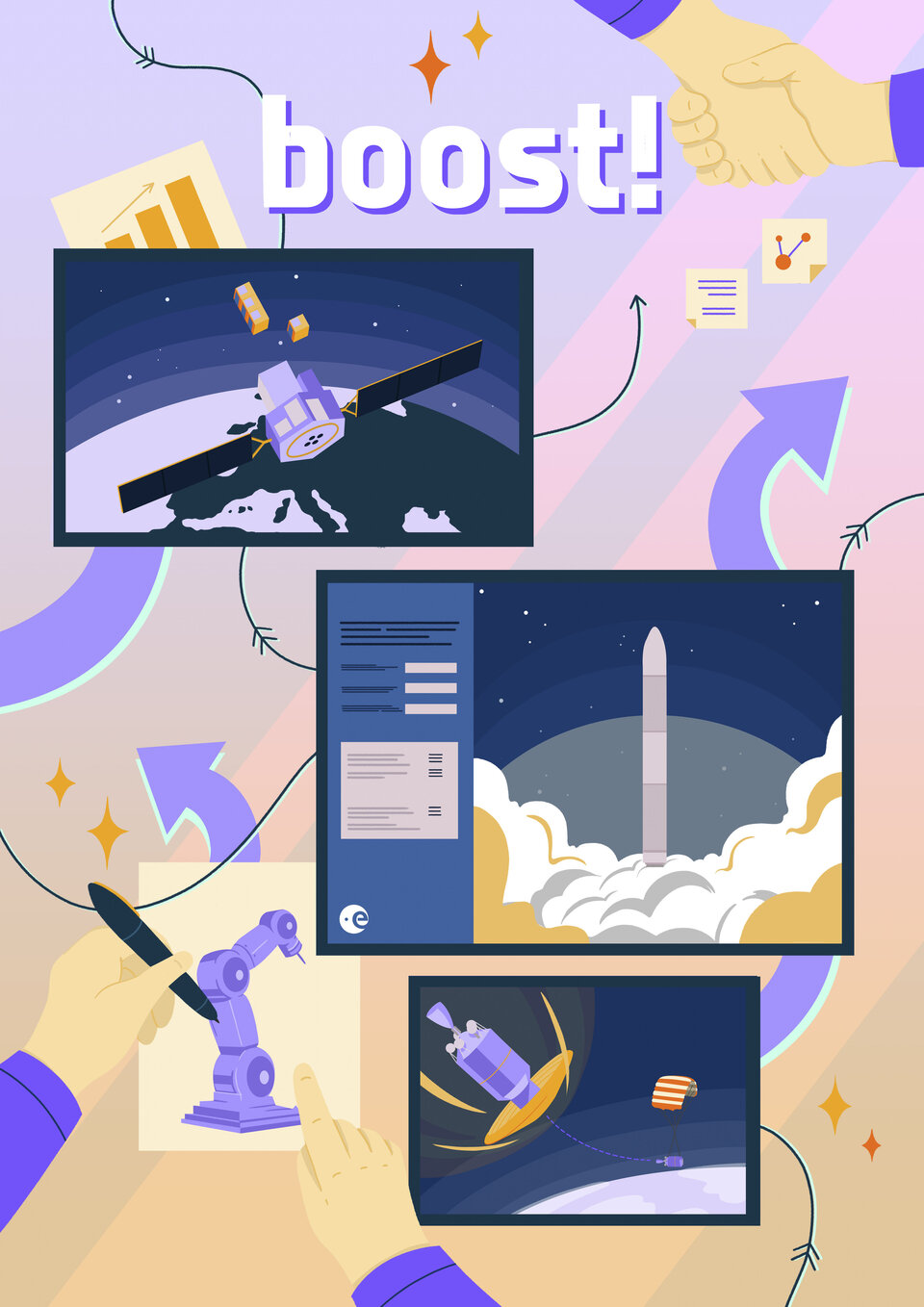
Besides the developments undertaken by ESA, a great number of private initiatives across Europe are seeking to develop and deploy competitive commercial space transportation services. With the Boost! Programme, ESA is reaching out to those private entrepreneurs to provide them with tailored and flexible support to get these services off the ground.
Boost! puts technical expertise, facilities, co-funding, networking and more right at the fingertips of private space transportation service providers, as well as providing assistance to ESA Member States establishing spaceports and testing infrastructure and related services. Boost! is also teaming up with the European Commission to implement the European Flight Ticket Initiative, acting as an ‘anchor customer’ for new European launch services at the benefit of ready-to-fly ‘in-orbit demonstration/validation’ satellite operators.
In doing all this, ESA is ensuring that Europe is not only continuing to maintain its independent access to space but is boosting the future of space transportation through supporting the burgeoning private space economy.
Europe's Spaceport

Europe's gateway to space is situated in French Guiana, in the northeast of South America. In 1964, the French Government chose Kourou as their preferred site from where they would launch satellites into space. When ESA came into being in 1975, the French Government shared its Centre Spatial Guyanais with ESA, with the Agency funding upgrades to the facilities in preparation for the Ariane rocket series.
Since then, ESA has continued to fund two-thirds of the spaceport's annual budget as well as new facilities, now focusing on the newest rockets Ariane 6 and Vega-C.
Facing the ocean, a large range of launch trajectories can be chosen from the east to the north without risk to the local population, and with no risk of cyclones or earthquakes the site is safe and protected.
Work is currently underway to modernise the site, preparing it for the future and reducing as much as possible its impact on the local environment and our changing climate.


